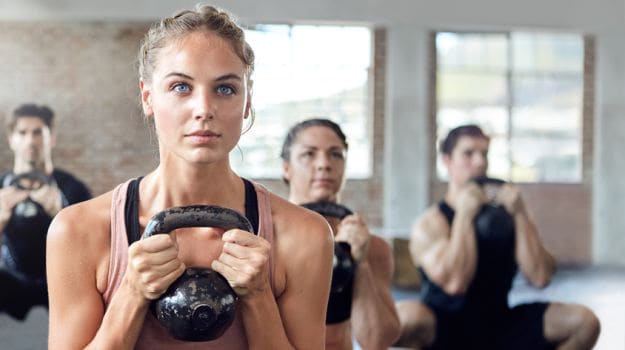
EDITOR’S CHOICE IN PHYSIOLOGY
Tendons become stiffer with repeated exercise, particularly when that exercise involves sprinting or jumping. But how they sense and adapt to mechanical forces has long been unclear.
Tackling the problem as a doctoral student at ETH Zurich a few years ago, Fabian Passini studied cells called tenocytes, which sit among the collagen fibers inside tendons. These cells, he found, respond to shear stress (such as occurs when fibers slide past one other as tendons stretch) by letting calcium ions flood in across their membranes.
To investigate how the process is mediated, Passini and colleagues systematically knocked out genes coding for ion channels in human and rat tenocytes in vitro, and identified the protein PIEZO1, a known mechanosensor, as the stress-sensitive gateway. Probing further, the team found that tail tendons from Piezo1 knockout mice were less stiff than those of wildtype animals. By contrast, rat tendons treated with a PIEZO1-activating drug, and tendons from mice with gain-of-function mutations in Piezo1 that made tenocytes even more responsive to shear stress, were stiffer.
Additional experiments indicated that the PIEZO1-mediated calcium signal boosts tendon stiffness by upregulating genes that promote collagen cross-linking, Passini says—and not, as some researchers had previously suggested, by upping the production of collagen itself.
Because Piezo1 gain-of-function mutations are present in some human populations, particularly those of African descent, the researchers also studied 65 African Americans’ jumping height and genotype, and found that carriers of these mutations were better jumpers on average, supporting the protein’s importance in people, says Passini, now a postdoc at the Weizmann Institute of Science in Israel. The work could one day provide insights into tendon pathologies and human athletic performance, he adds. “It would be very interesting to see if top athletes have the mutation.”
“There are more and more studies showing that PIEZO channels are involved in many physiological functions,” says Bertrand Coste, a PIEZO1 expert at Aix-Marseille Université in France who was not involved in the work. He praised the team’s multi-angle approach, and particularly their inclusion of human data. “It’s pretty cool to end the paper like that.”
[“source=the-scientist”]





















